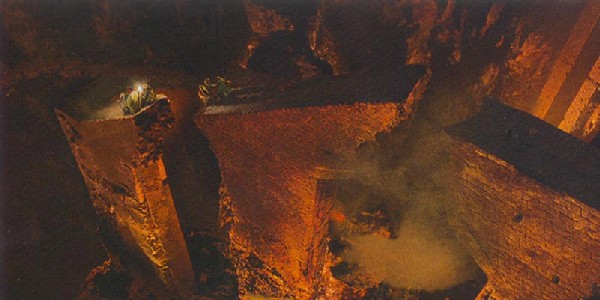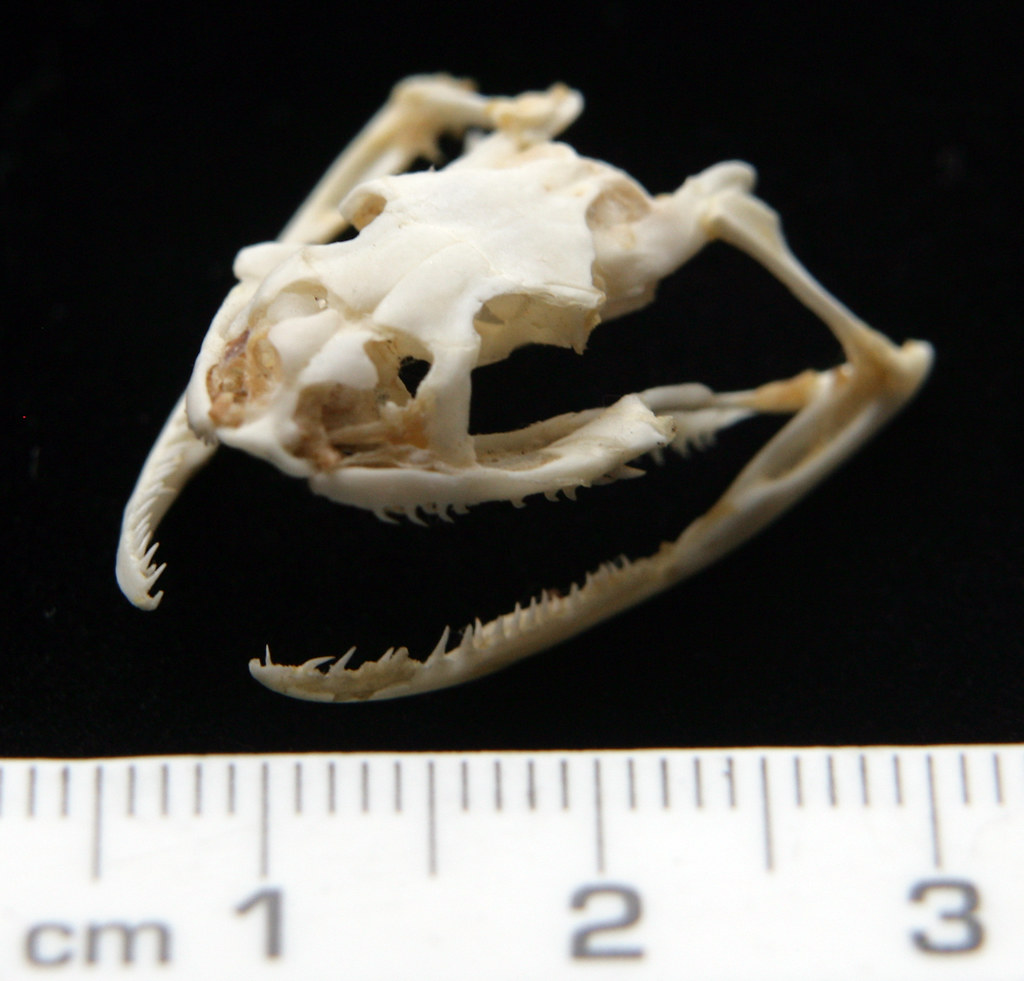To add some life to our scene, I worked on creating some vegetation for our scene.
I began with creating a Photoshop file so I can place my various textures for our grass and plants.
I first experimented with using the fur and hair modifier in 3ds max, to create some tufts of grass.
My goal was to render this image out, and use it as a Alpha/Texture map for a thin set of grass.
Although this did work to create some decent grass, I felt it was a bit thin. I didn't get rid of the texture, but I decided to approach with a different method.
I attached the texture to a plan, and uv mapped it to overlap the appropriate grass. I then duplicated the planes and moved them around until I had a fairly large tuft of grass.
I pretty much repeated this process, however I decided to use google to help find textures and photos for the other grass and foliage, as opposed to baking it myself.
I mainly decided to do it this way, as I felt I could probably only get a very limited result from repeating the hair and fur process.
Once I had my textures in place, I repeated the planes techniques and used multiple planes to create my grass and plants.
I varied the size and thickness of the plants for more variety.
I made a separate texture map for my shrubs and bushes.
I approached it the same way, however for some of the plants I used a small trunk model to make the shrubs more believable and convincing.
Once I was happy with the models, I sent them to unity.
However I found myself with a few issues, namely the scale kept messing up. After some tweaking I managed to fix it by resetting the transforms.
I also experimented with shaderforge, I added a modified version of their vegetation shader, to my plants so that they would move slightly.
Although it was a bit of a fiddly and tricky process to get the plant alpha's how I wanted, I'm quite happy with the results.
I would like to experiment with shaderforge more, maybe look at adding a PBL shader, since the current shader I'm using is lacking it.




























































